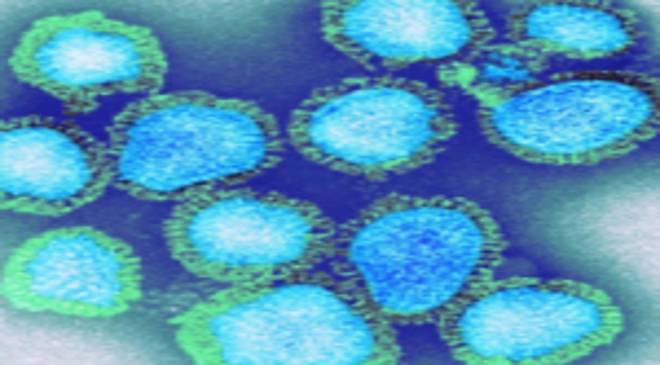The Uttar Pradesh government has issued an advisory in the wake of rise in H3N2 cases and has asked children and the elderly to take precautions. The advisory also talks about oxygen level monitoring of H3N2 patients.
As per the advisory, instructions have been given to hospitals to admit H3N2 infected patients if their oxygen level falls to 90. Oseltamivir should be given to H3N2 patients. The government has also released a list of helpline numbers.
Read More: BREAKING: All Schools in This UT to Remain SHUT For 10 Days As H3N2 Cases Rise
Director of Health Department Dr Avinash Singh told India Today that children aged 8 years or younger and people above 65 years of age have been asked to remain vigilant. Instructions have been given to vaccinate people in the high risk group as cases are on the rise, he said.
“Alert has been issued in all 75 districts. A team consisting of a health expert, a physician, an epidemiologist, a pathologist, a lab technician, and a microbiologist has been formed in every district. Oseltamivir will be given to patients if influenza is confirmed. Instructions have been given to keep a one-metre distance between two beds in isolation wards”, Dr Avinash Singh said.
Information on H3N2 influenza will be provided by the state using the helpline numbers. The health department has also asked the medical staff to be on alert and provide medical assistance to patients.
Read More: Air India Chicago-Delhi Flight Cancelled, 300 Passengers Left Stranded for Over 24 Hrs
Currently, tests to confirm H3N2 are done at government and private pathology centres, Deputy Chief Minister Brajesh Pathak told India Today.
“If symptoms like cold, fever, sore throat appear, consult a doctor immediately. Wear masks. Instructions were given to all CMOs, CMS and principals of medical colleges in the state,” he said.
“One should not panic about seasonal influenza and H3N2. This is a common infection but there is a need to be cautious about this,” he added.
India has so far recorded six deaths due to respiratory viral infection. The symptoms of H3N2 are fever, coughing, chills, sore throat, runny nose, among others.





































